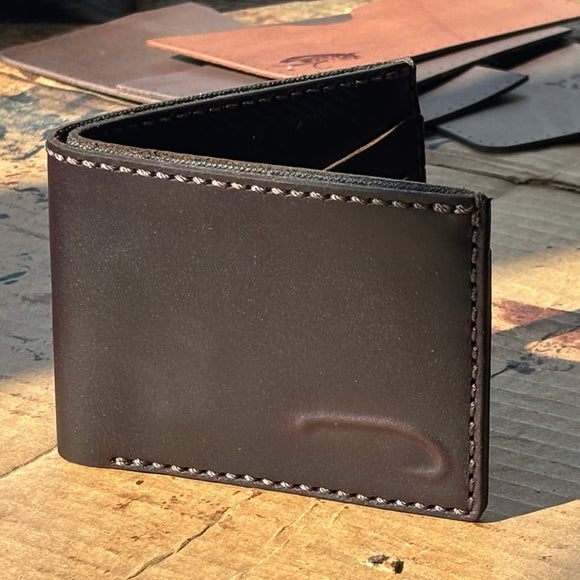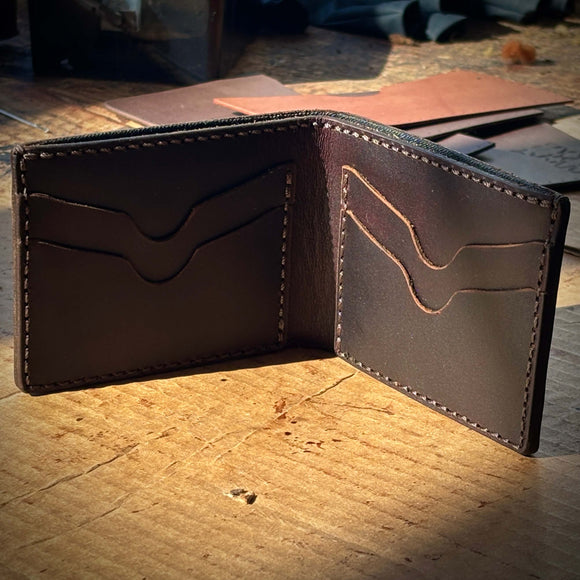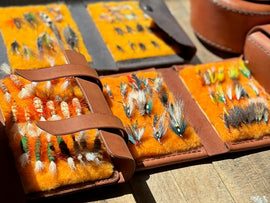I recently had the pleasure of talking with an incredibly talented bamboo rod maker, whose work merges artistry with the heritage of fly fishing. In this interview, we explore his journey into rod-making, the intricacies of bamboo as a material and what sets these rods apart in a world of modern alternatives. We hope you enjoy the insights as much as I did.
What inspired you to start building bamboo rods? Was there a specific moment or influence that led you down this path?
I’ve been fishing since I was very young, thanks to my father and his close friend, Michael, who fly-fished regularly. Michael had a collection of split cane fly rods, always strung up on a rack halfway up his staircase, ready to go at a moment’s notice. He would often talk to me about the magical process of building these rods, the in-depth lengths makers go to, striving for perfection. While there wasn’t a single moment that set me on this path, the influence was always there.
What makes bamboo such a special material for crafting rods?
Bamboo is an incredibly strong, natural, fast-growing and sustainable material. I first noticed its strength during my travels through Southeast Asia, where bamboo scaffolding was used even on skyscrapers. I’d watch in amazement as it swayed gently in the breeze. When it comes to rod building, bamboo has self-loading properties and the ability to store energy, which, when released during casting, allows for precise and delicate delivery of the fly, perfect for various fishing situations.
Can you walk us through the process of building a bamboo rod from start to finish? What are the most challenging and rewarding steps?
Once I know the type of rod I’m building, the process starts by splitting the bamboo culm into equal-sized strips, hence “split cane.” Each strip is planed at a 60-degree angle and six of these strips are bound together to form a hexagonal rod blank. The strips are then cooked in an oven to remove moisture and cure the bamboo. After that, the taper is applied using planning forms, which allow the bamboo to be planed from thick to thin, creating the rod’s butt to tip profile.

Once the blank is glued and cured, the handle, reel seat and ferrules are attached. Followed by whipping on the guides and applying a finish, like varnish. While this sounds straightforward, the process is incredibly detailed. For those interested in learning more, I recommend A Master’s Guide to Building a Bamboo Fly Rod by Everett Garrison and Hoagy B. Carmichael.

How does a bamboo rod differ in feel and performance compared to modern materials like graphite or fiberglass?
Bamboo is a natural material and as with all things natural, it has its quirks and slight imperfections. No two rods are the same and for some anglers, that’s where the beauty lies. The feel of bamboo is different—each rod has a unique personality, and the feedback you get while casting or fighting a fish is much more intimate compared to fiberglass or graphite.
Why do bamboo rods continue to have a dedicated following despite the prevalence of modern rod technologies?
One reason is its connection to the natural world. The idea that something grown in a forest can be transformed into a beautiful, functional fishing tool that competes with modern materials carries a certain mystique.
What are some misconceptions people might have about bamboo rods?
A common misconception is that bamboo rods aren’t strong enough. But if you look at history, anglers were catching massive fish on bamboo rods long before modern materials were introduced. The strength is there, it just comes in a more natural package.
How long does it take to build a single bamboo rod and how much of that process is done by hand?
It usually takes me around 60 to 80 hours to build a rod, depending on the bamboo and the specific challenges it presents. The process is almost exclusively done by hand. I built a makeshift lathe to turn the rod handles but otherwise, it’s all hand work. I typically make only a handful of rods each year and find it best to make two or three of the same model at a time.

How do you source your bamboo and does its origin affect the rod’s performance?
I source my bamboo from anglersbamboo.com in Livingston, MT. They travel to China to hand-pick the best culms of Tonkin bamboo, which has a high content of power fibers and natural resistance to insects and mold. It’s perfect for outdoor use and ideal for rod-building.
Do you have any memorable stories or experiences that have shaped your approach to rod-making over the years?
The beauty of fishing is that we collect stories along the way. I’ll always remember the first time I tied a fly and caught a fish on it—it felt like a huge achievement. Catching my first fish on a bamboo rod was another pinnacle moment. Now, I get immense pleasure from hearing stories from people who fish with rods I’ve built. Their feedback shapes my work and helps me continually improve.
How do you see the future of bamboo rod making?
I think the future looks bright. There are many makers showcasing their work on social media and plenty of anglers still share their catches with bamboo rods. It’s a niche within a niche but it’s one that continues to inspire and captivate.

Are there any particular designs or innovations you're excited to explore in future rods?
It’s an exciting time for bamboo rods. Contemporary tapers are evolving to keep pace with modern lines and I recently got a Scandi-style silk line for one of my Spey rods—it’s amazing to see traditional materials adapted for modern techniques. As lines change, so will the rods.
What does your ideal day look like when fishing with a bamboo rod?
My passion is swinging flies with a two-handed Spey rod. Wading down a run with a bamboo Spey rod, watching the fly skate across the surface—that’s idyllic for me. More and more, though, just watching a client or friend fish bamboo puts me at peace and makes me smile.
Is there a specific type of fish or water condition where bamboo rods excel compared to modern rods?
Bamboo excels when you hook a fish that’s a real “head shaker”. The natural fibers of the bamboo seem to absorb those violent movements effortlessly and you feel every shake transmitted through the rod, straight to your palm.
This was such an inspiring conversation—thank you again for sharing your insights and passion for bamboo rod-making with us! If anyone would like to learn more or reach out to Edward Few directly, the best way to connect with him is through his Instagram: @bamboofew.
Featured collection
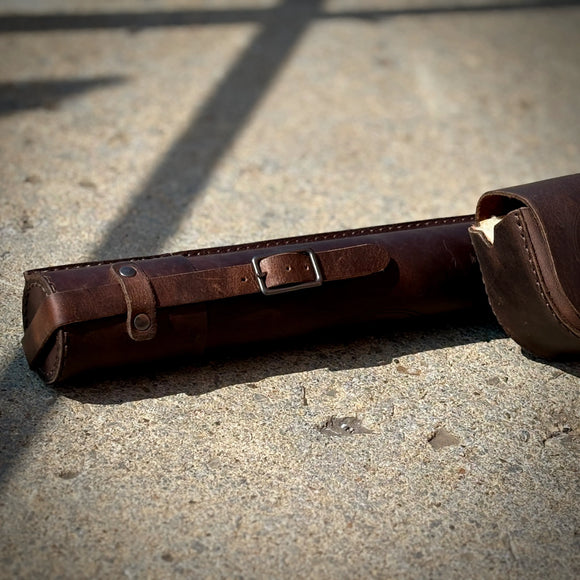
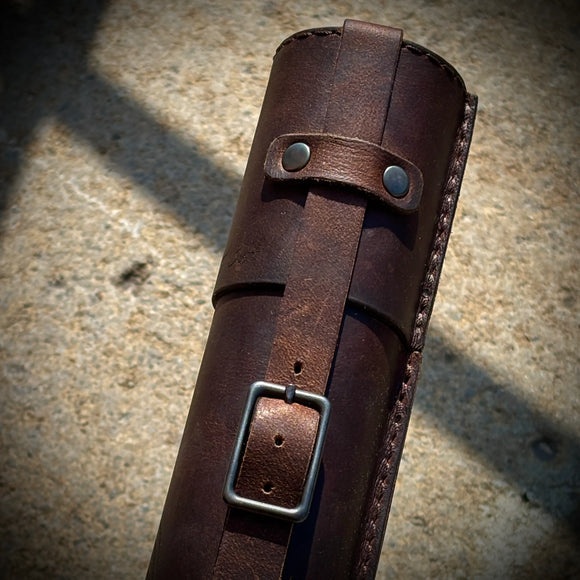
The Hillbilly Leather Rod Tube
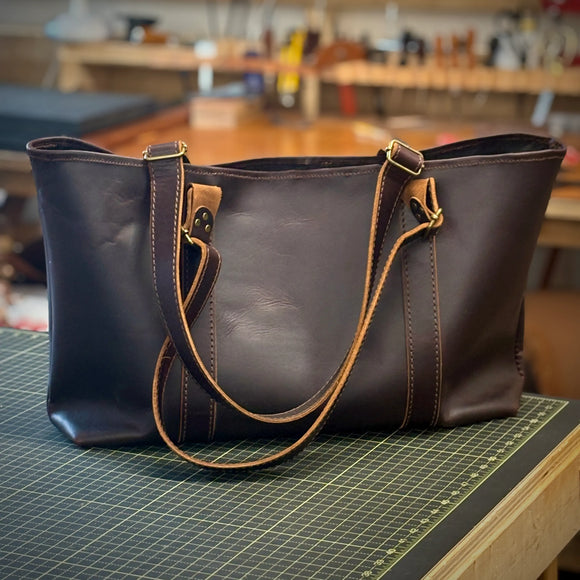
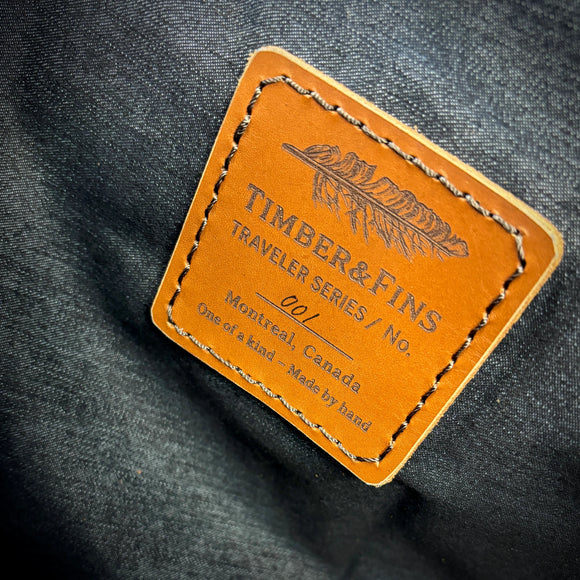
Traveler Tote — Grizzly Brown
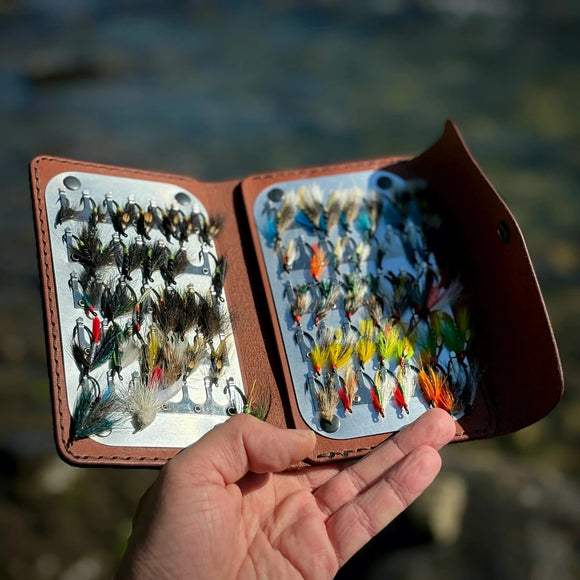
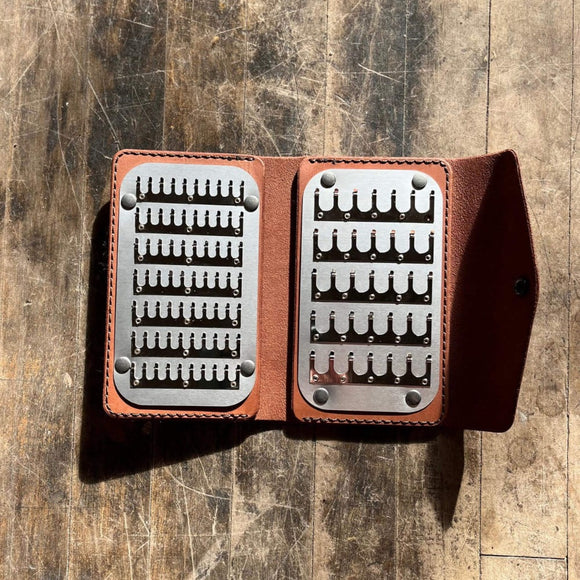
Wheatley Clip Fly Wallet
